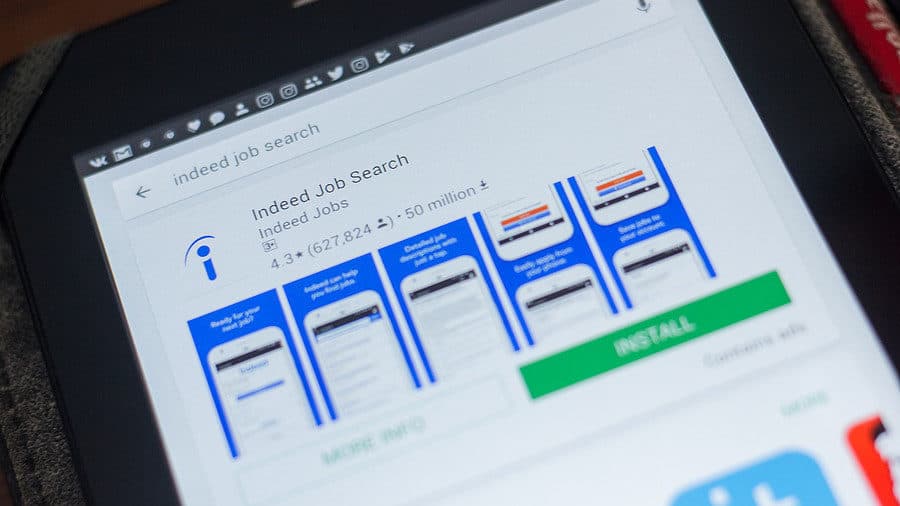Earlier this year, Indeed made a significant change in what information it gives candidates — that all job postings must have salary ranges even if the employer doesn’t want that. And now the job board is implementing another significant change: a shift from a pay-per-click to a pay-per-application pricing plan.
Instead of charging based on clicks alone, employers will pay when a job seeker fills out an application. This could be a game-changer for recruiters who often tire of people (like me) who click on many job postings for reasons other than applying for the job.
Maggie Hulce, Indeed’s executive vice president and general manager for enterprise, describes the new plan as helping employers get closer to making the hire and that Indeed is taking into account employer feedback.
Indeed has been slowly rolling this change, whereby Indeed is implementing a pay-per-application model for jobs posted directly on Indeed, whereas a pay-per-application-started model is for jobs indexed by Indeed from across the internet.
By 2023, the site aims to roll out the new system to all employers.
The Details
The key to pay-per-application is screening questions, often informally called deal breakers, which Indeed defines as “must-have requirements you set when posting your job.” (Think licenses, certifications, education, experience, etc.) When you go through the process of posting a job on Indeed, you get to choose deal-breaker questions, and if candidates don’t qualify based on those deal breakers, you don’t pay. (However, you can still see them in your rejected tab should you decide to change your standards.)
The cost varies depending on position, location, and the market for positions, but Indeed says employees will know those costs before making purchases.
Again, the goal is to increase the quality of applicants that companies have to pay for. Instead of paying for everyone who applies to every job that shows up in their search, employers would only pay for candidates who make it through the initial screening.
Of course, savvy candidates will quickly learn to answer those screening questions “correctly” not to be automatically rejected, but employers can still reject them within 72 hours if they decide those applicants don’t fit — and then not have to pay.
Early Feedback
The feedback on the ground seems to be positive among recruiters contacted for this story who’ve been part of the early rollout.
Jennifer Kratovil-Moriarty, an HR director at UCP of Western Massachusetts, says: “I have tried the pay-per-application method once, and I liked it. It kept me accountable to disposition quickly to avoid paying for an unqualified person.”
Kratovil-Moriarty adds that it had come as a tremendous cost savings for her. “We recently filled a hard-to-fill role for us,” she explains, “and we were only charged $84 after having the ad posted for four days. Previously running the same ad for that same role and time frame would have cost us over $300.”
Meanwhile, Amanda Strand, an HR manager at Scale AI, says, “It’s been really nice for my niche roles to be able to pay for actual candidates instead of just randoms that are applying and who obviously haven’t read the job description.”
And Erika Omelina, an HR generalist at F Street Hospitality, reveals, “At first I was not a fan, but then I realized I am actually saving money because I can vet the candidates better, so I am only paying for candidates I truly am interested in versus paying to be noticed by applicants who apply to any job.”
